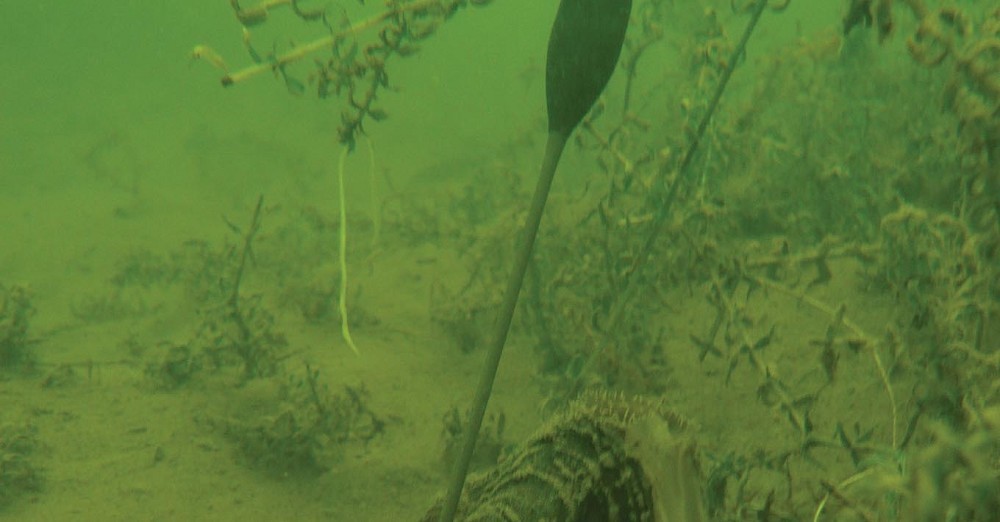
Finding silt
How to pinpoint the best silty areas
Like with any other lakebed, there is never just one type out there. There is never just one type of weed; it’s never just clean gravel with no bottom debris; and there is never any one type and consistency of silt. Carp will readily feed in the correct type of silt but if you choose the wrong type you will often find that the fish will avoid it and won’t actually feed on it.
Some silts can be very smelly and pungent with lots of leaf litter laying around, whereas others can appear ‘glassy’ and ‘smooth’ when located with a marker rod and it can often come across far more odourless that its leafy neighbour. Locating these ‘glassy’ areas is the key to catching consistently in silt, as these are the far cleaner areas and the spots that are far more likely to hold any natural food. Were’s what to look for when using a marker…
Bad silt
When using the marker it is very easy to differentiate between more and less pleasant types of silt. When pulling your marker back over bad silt you will often find that it appears ‘sticky’ as the lead is penetrating into the leafy and smelly lakebed. The stickier the lead appears to be, the deeper the silt often is. When you have retrieved your marker from these areas you will often find that your lead has picked up black leaf litter from the lakebed. Upon examination of this you will often find that it has a very pungent and unpleasant smell. These are the areas you need to try and avoid and keep looking until you can find some cleaner silt.
Good silt
When locating the good silt, it is rather easier to tell the difference between this and the smellier stuff. When you pull the marker back across the better silt you will often find that it is far less sticky and instead your lead will often glide upon it like glass with very little resistance. This shows that this area is cleaner and the silt is slightly less deep. When retrieving your lead and marker, you should find that there is a considerably less amount of leaf litter and sometimes there will be none at all. When looking at any debris you do retrieve from these areas, you will often find that is smells a lot nicer and you can often pick-up small insects such as bloodworm. These are the areas you want to fish to as they hold natural food.
Top tips for markering
When feature-finding over a softer bottom, try using a marker stem to stop your lead and float from jamming up in deeper silt or light weed. This will ensure that you can pop your marker up every time.
When choosing your lead, try using a ‘gripper’ style over a more streamlined casting version. These will feel the bottom a lot better and they are far more likely to pick up any debris from the lakebed.
Once you have located your perfect spot, ensure that you clip-up on the marker and on your fishing rod and line-up the spot with an object on the far bank. This will ensure that you hit the same spot each time.



